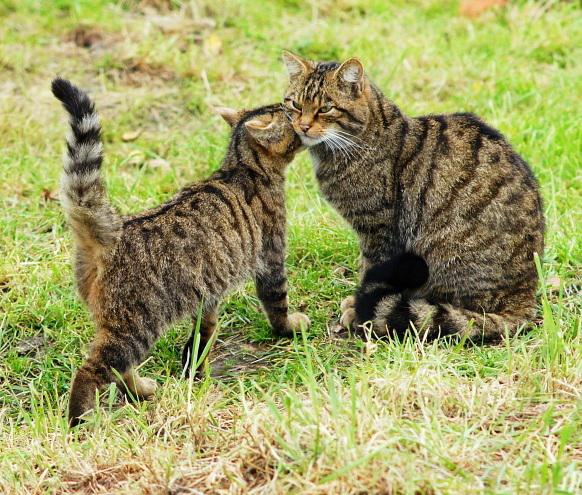
The NBN Atlas of Living Scotland (www.als.scot) is a new website, launched in May 2016, to provide a platform to engage, educate and inform people about the natural world. The NBN has been championing the sharing of biological data in the UK since 2000, with the aim of improving the availability of high resolution and high quality data to provide the evidence base for all environmental decision-making in the UK. Currently the Network’s Data Partners share data via the NBN Gateway, an infrastructure that now needs updating.
Figure 1 (below): The NBN Atlas of Living Scotland home page
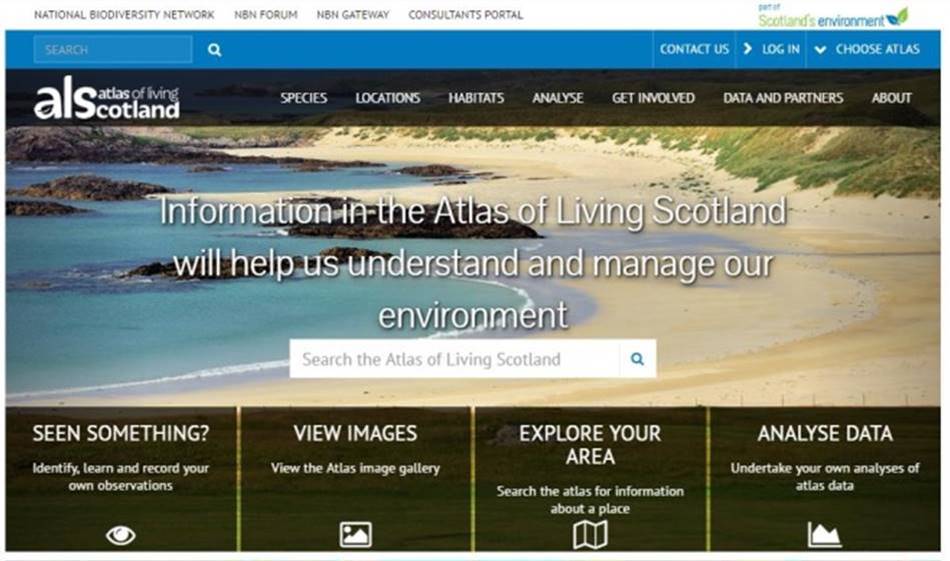
Functions and Resources
The Atlas allows users to view and interrogate all data types such as species occurrences, habitats, images and spatial environmental layers, and provides tools for species alerts, site reports and integration of biodiversity data of all kinds. For example:
- Searching for information about a species, e.g. Alca torda (Razorbill). A search results in access to a species page with links to a map, images gallery, the UK species inventory, analysis of records, a library, and information about data partners. Figure 2 below shows an extract from a species page.
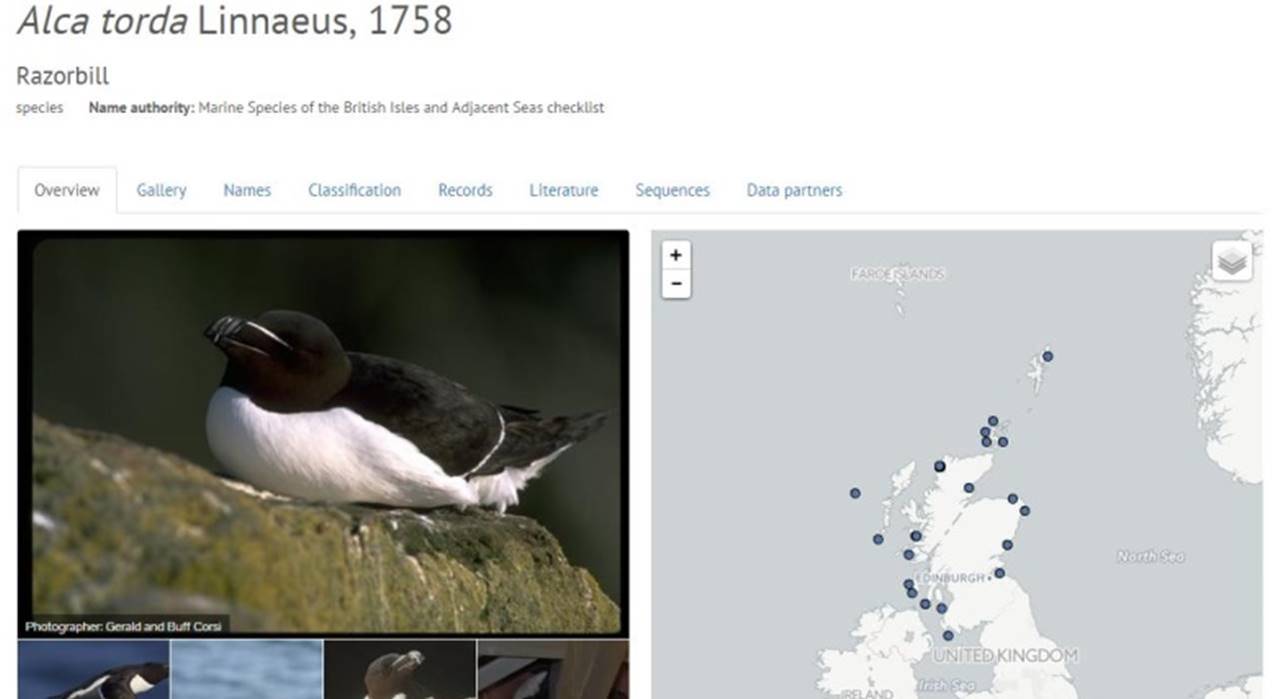
- Analysing and filtering lists of occurrence records by habitat, vice-county, data partner and year. Figure 3 below shows an extract selected anaylses of occurences records.
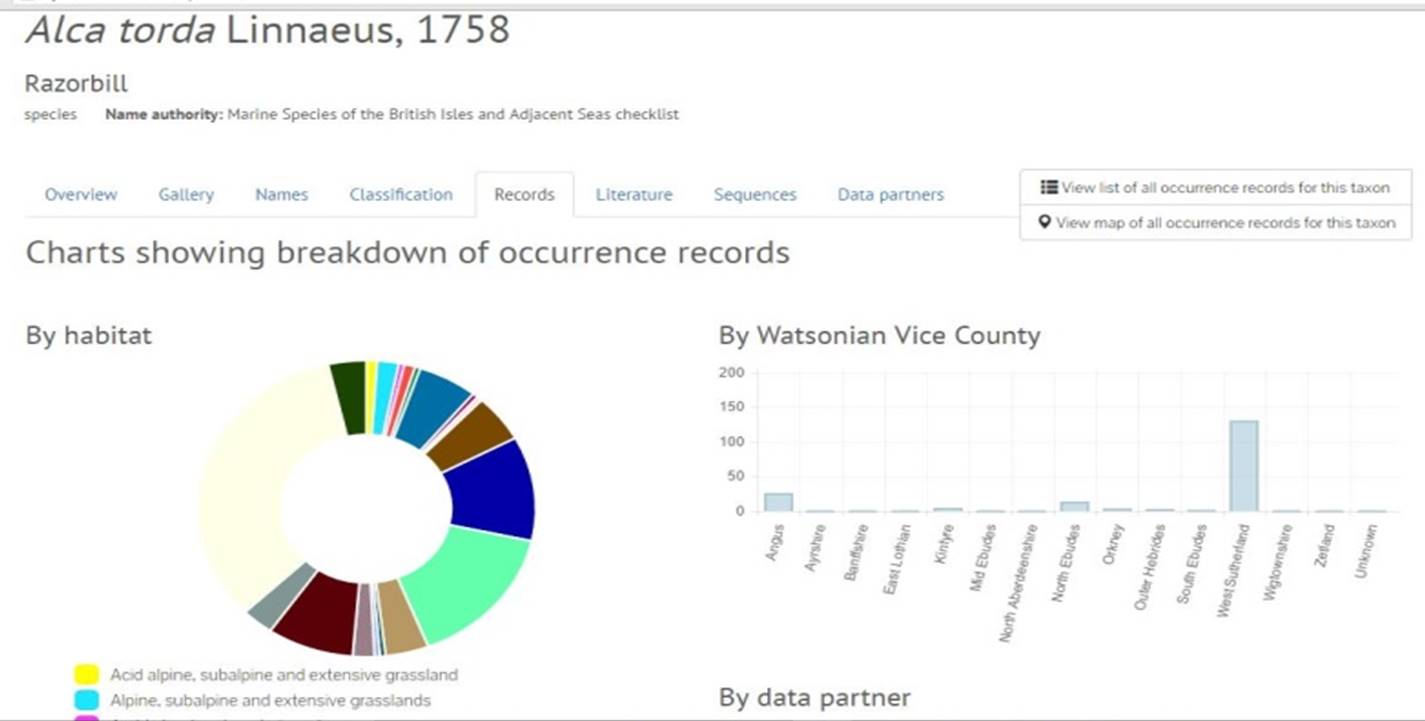
- Exploring an area defined by address, postcode, grid reference or place name. The species records are listed, and mapped by number of records per location. Figure 4 shows species records mapped for a 5km radius around a point
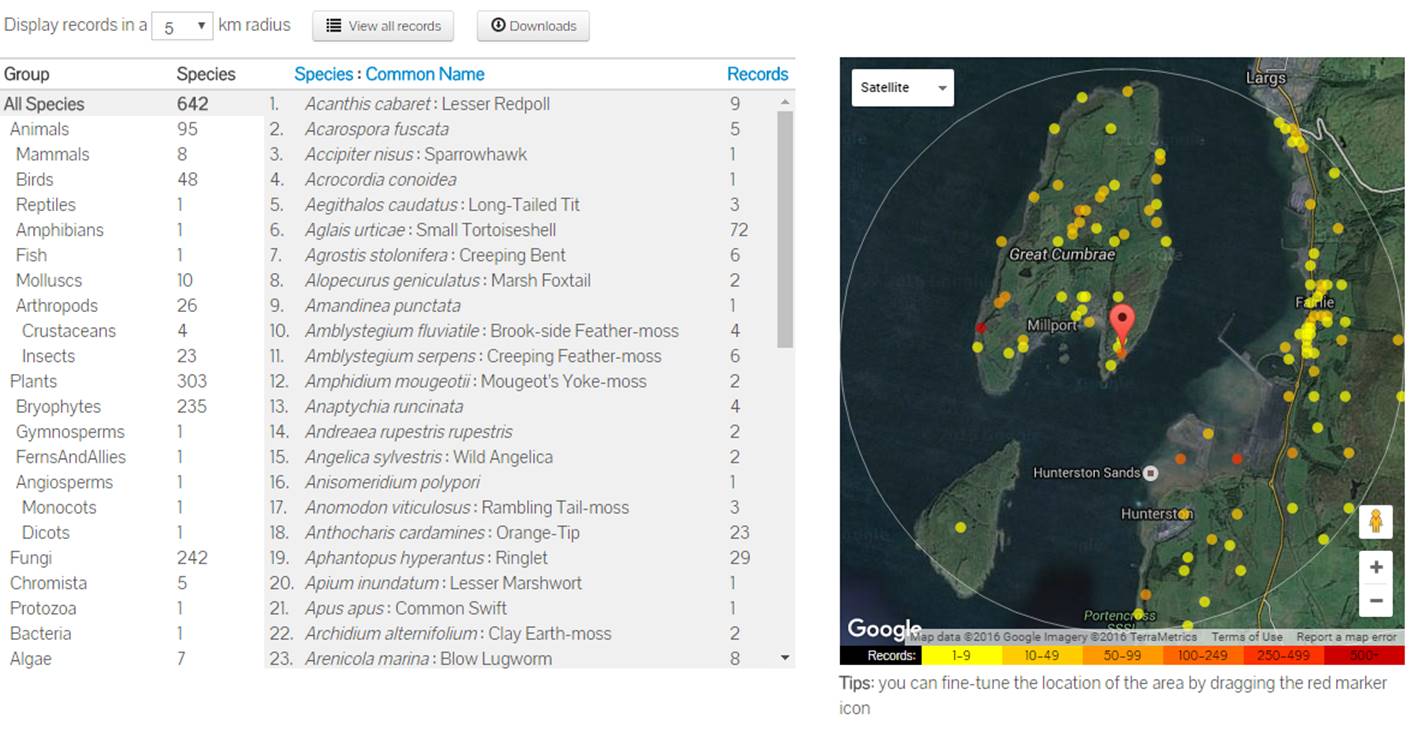
- Mapping species by OSGB grid reference. Grid squares are coloured by resolution of the grid reference for a record, and records can be filtered by options such as presence on the Scottish Biodiversity List. Figure 5 below shows grid squares containing records for the Firth of Tay and Eden Estuary SAC.
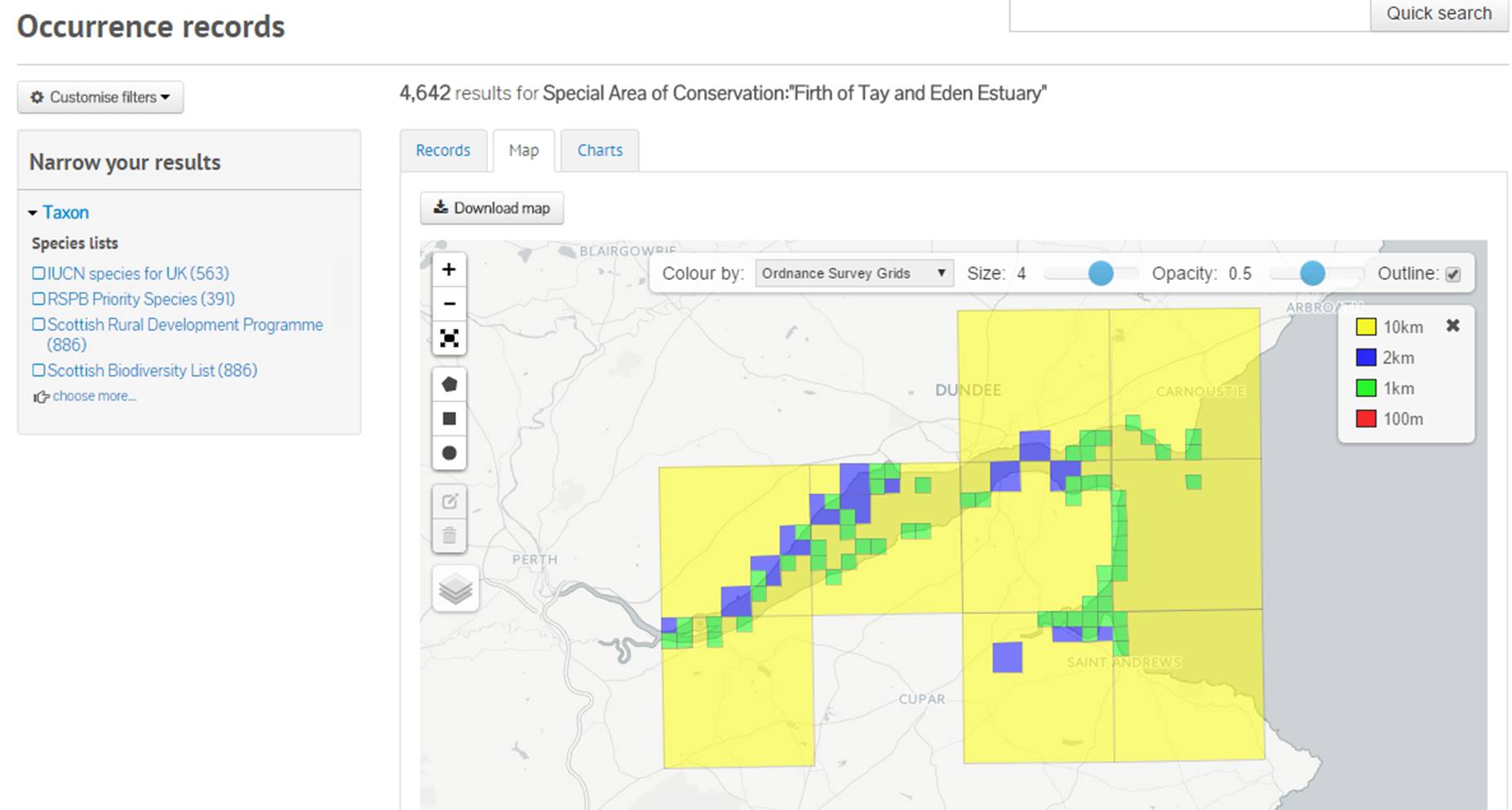
- Overlaying species data on environmental layers in the spatial portal. In Figure 6 (below) all species records that occur in ancient (of semi-natural origin) woodland are mapped. Each point can be interrogated to reveal a list of associated records. below points contain records in areas of Ancient woodland (pink).
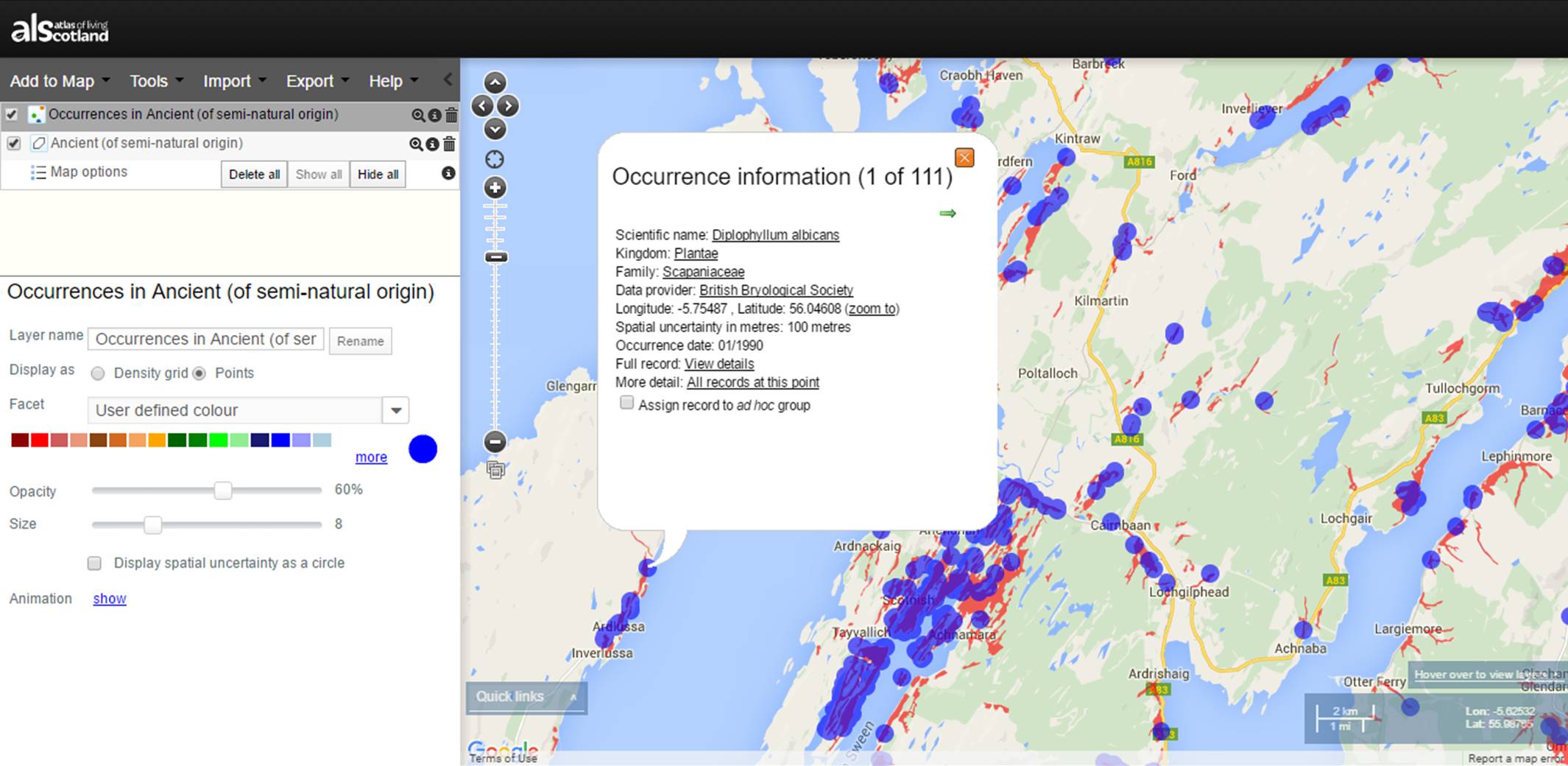
Learning more about Data Partners and the datasets they have provided via the Data Partner pages.
Figure 7: Extract from a Data Patner Page
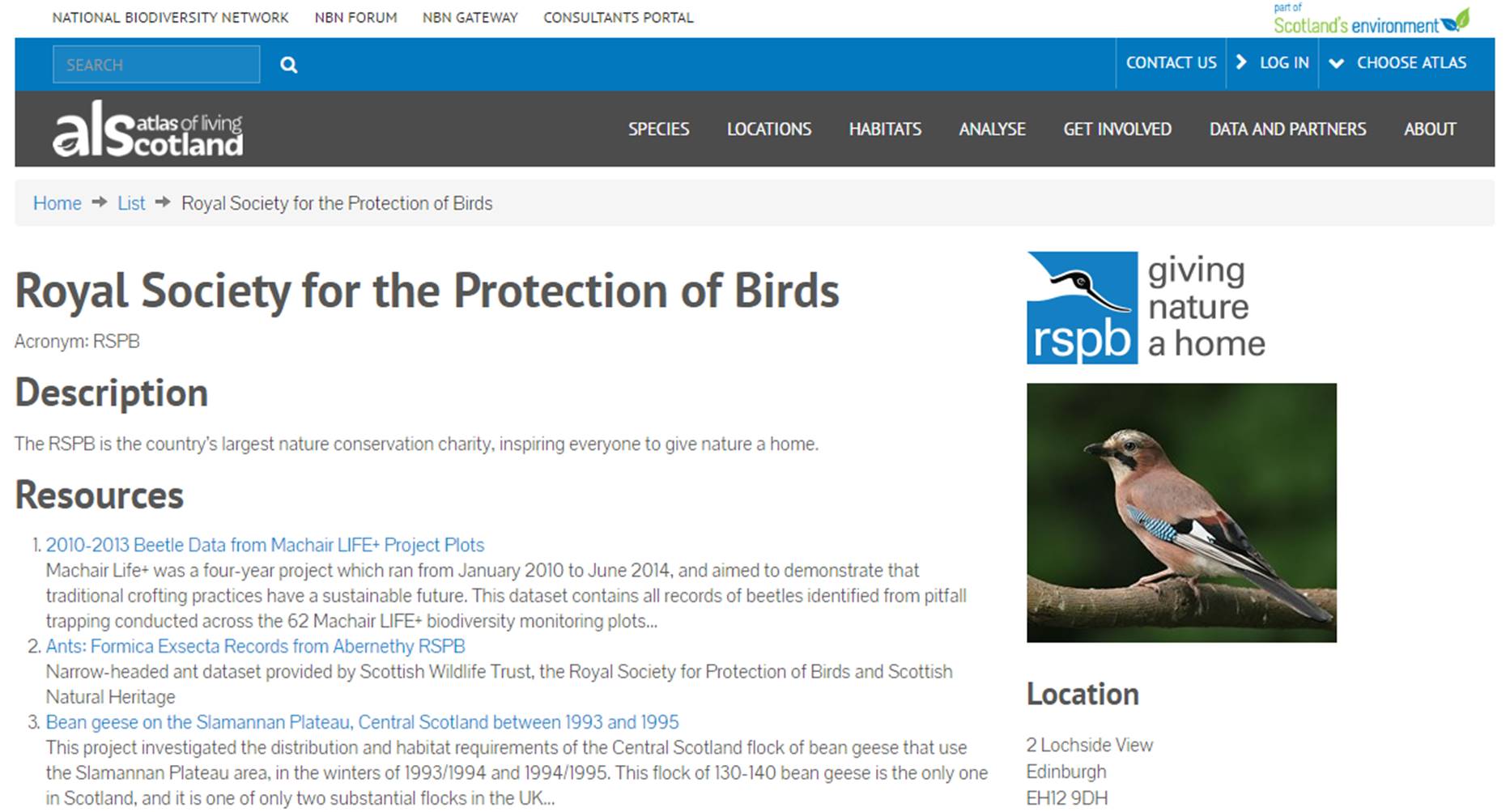
The Atlas is still developing and datasets are being added regularly. To view the full NBN data holdings please continue to visit the NBN Gateway, but we would encourage you to explore the NBN Atlas of Living Scotland, try out its functions, and send us your comments.
The NBN has now adopted the Atlas of Living Australia open-source framework, which provides a suite of online tools for capturing, accessing and analysing biological and related environmental data. The NBN Atlas of Living Scotland has been created as a pilot implementation to demonstrate the potential for similar atlases in the other countries of the UK, within a UK-wide NBN Atlas.
The platform is being developed as a partnership between Scotland’s Environment Web (SEWeb); Scottish Environment Protection Agency (SEPA); the National Biodiversity Network (NBN) Trust; Scottish Natural Heritage (SNH) and the Atlas of Living Australia.
Data are held under four Creative Commons (CC) licence options (Open Government Licence (OGL); CCO – Version 4.0; CC-BY; CC-BY- NC).
Relevant Links
NBN Atlas of Living Scotland: www.als.scot (send comments and suggestions to: info@aols.scot)
Creative Common licences website: https://creativecommons.org/licenses/
National Biodiversity Network (NBN) Gateway: https://data.nbn.org.uk/
Atlas of Living Australia: www.ala.org.au
Scotland’s Environment Web (SEWeb): www.environment.scotland.gov.uk
Contact details: Christine Johnston, NBN Scottish Liaison Officer: c.johnston@nbn.org.uk